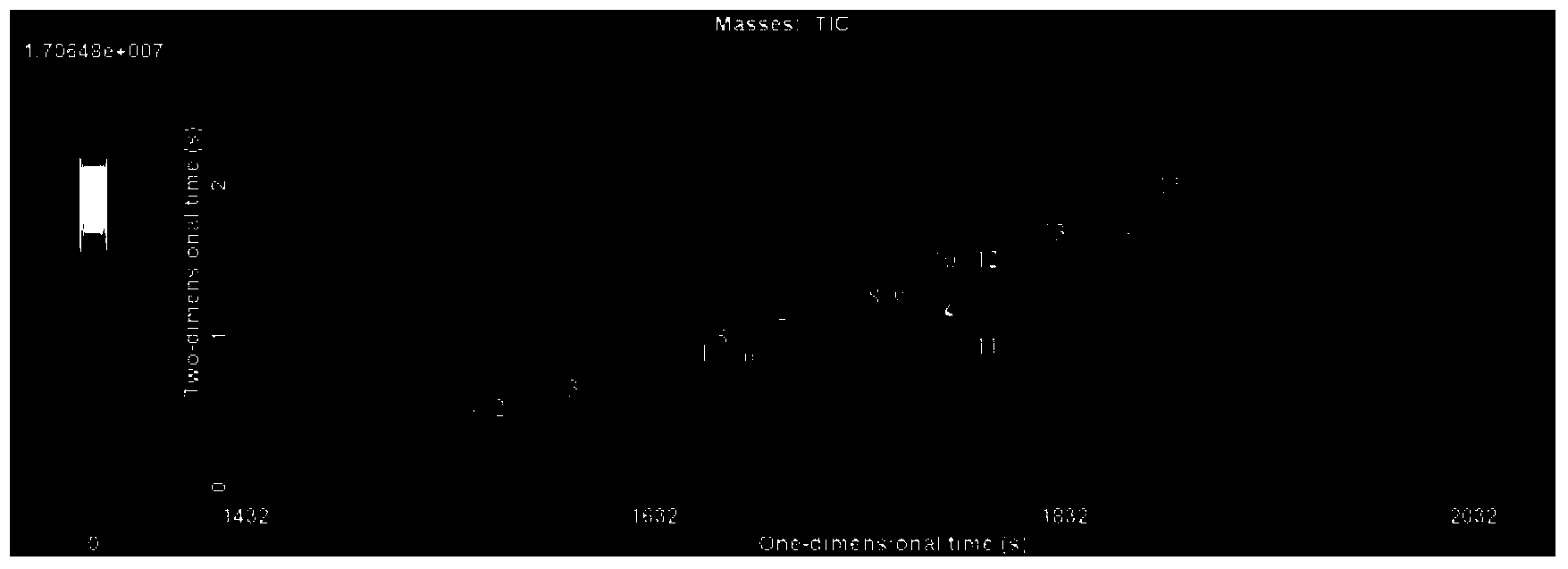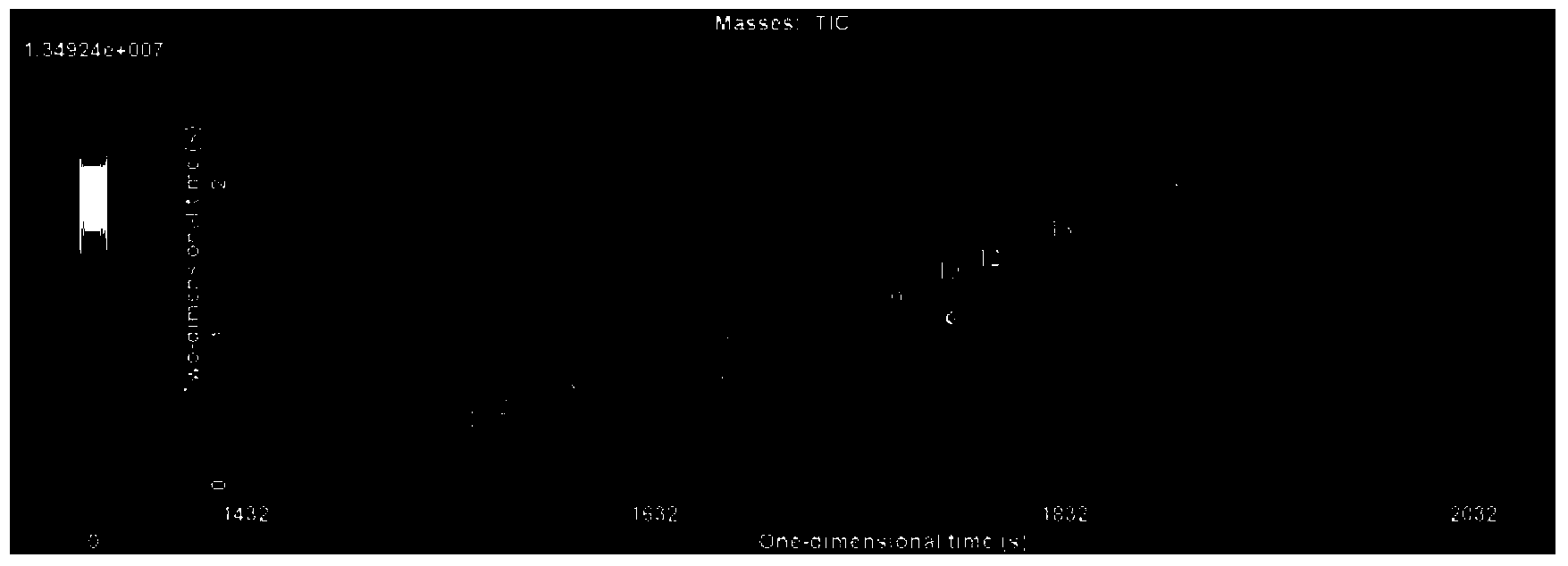Analysis method of free sterol components in edible oil sample and swill-cooked dirty oil identification method
An analysis method and edible oil technology, applied in the direction of analysis materials, material separation, measuring devices, etc., can solve the problems of insufficient chromatographic separation ability, excessive organic solvent, consumption, etc., achieve strong chromatographic separation ability, less organic solvent consumption, The effect of high data collection frequency
- Summary
- Abstract
- Description
- Claims
- Application Information
AI Technical Summary
Problems solved by technology
Method used
Image
Examples
Embodiment 1
[0044] Example 1: Qualitative and quantitative analysis of free sterols in edible oil samples
[0045] (1) Preparation of sample solution: Accurately weigh 0.05 g (accurate to 4 decimal places) of edible oil samples (soybean oil, rapeseed oil, peanut oil, sunflower oil, corn oil and gutter oil), and add 20 μg gallbladder The stanol internal standard was then dissolved in 5mL of n-hexane, vortexed evenly, and set aside.
[0046] (2) Sample loading: Inject the uniformly oscillating sample solution in (1) into the activated SPE column, control the flow rate to 1.2-1.6mL / min, and discard the effluent; the SPE column is 0.5mg / 6mL Silica gel column, the activation is to weigh 1.0g of anhydrous sodium sulfate and add it to the top of the SPE column, then activate it with 10-15mL n-hexane solution, the flow rate is 1.0-2.0mL / min, and discard the effluent;
[0047] (3) Rinse: use 10 mL of diethyl ether n-hexane solution (v / v) with a volume percentage concentration of 5-6% for rinsing,...
Embodiment 2
[0067] Example 2: Analysis of free sterol components in waste oil samples and identification of waste oil
[0068] Accurately weigh 0.06g (accurate to 4 decimal places) waste oil and 2 rapeseed oil samples each, add 20μg cholestanol internal standard, then dissolve with 6mL n-hexane, vortex and oscillate evenly to obtain the sample solution , followed by comprehensive two-dimensional gas chromatography-time-of-flight mass spectrometry analysis. Obtain qualitative and quantitative results. The analysis steps are basically the same as in Example 1, except that the selected comprehensive two-dimensional gas chromatography-time-of-flight mass spectrometry analysis conditions are slightly different, specifically: the inlet temperature is set at 310 ° C, with helium as the carrier gas, and the flow rate is 0.9mL / min. The injection volume was 2 μL, and the split ratio was 15:1. The heating program of the one-dimensional furnace oven is as follows: the initial temperature is 190°C,...
PUM
 Login to View More
Login to View More Abstract
Description
Claims
Application Information
 Login to View More
Login to View More - Generate Ideas
- Intellectual Property
- Life Sciences
- Materials
- Tech Scout
- Unparalleled Data Quality
- Higher Quality Content
- 60% Fewer Hallucinations
Browse by: Latest US Patents, China's latest patents, Technical Efficacy Thesaurus, Application Domain, Technology Topic, Popular Technical Reports.
© 2025 PatSnap. All rights reserved.Legal|Privacy policy|Modern Slavery Act Transparency Statement|Sitemap|About US| Contact US: help@patsnap.com



